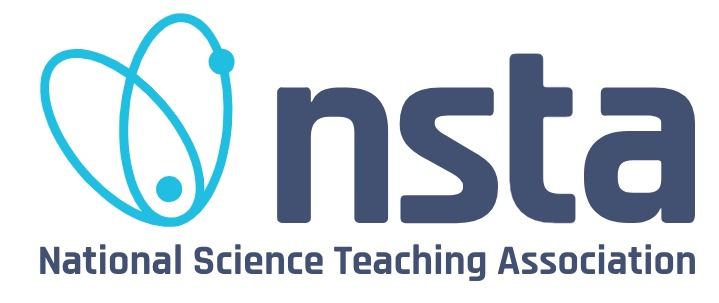Instructional Supervision and Teacher Effectiveness in Senior Secondary Schools in Tambuwal Local Government Area, Sokoto State, Nigeria
DOI:
https://doi.org/10.33830/ijrse.v4i2.1171Abstract
 Education delves into issues in developing nations, including Sokoto; thus, poor supervision rendered public schools poor than private ones. The objective of the study was to investigate the relationship between instructional supervision and teacher effectiveness in senior secondary schools in Tambuwal local government area of Sokoto state, Nigeria using a correlational survey design. Therewith, 165 teachers and 9 principals were involved. Analysis shows that 84(52.5%) of teachers agreed that their planned lessons contain learner-centered activities, and 41(25.6%) strongly agreed. Teachers' responses on My principal ensures that I use teaching aids in teaching, 101(63.1%) agreed, 32(20%) strongly agreed, 12(7.5%), and 9(5.6%) disagreed and strongly disagreed, respectively. Regarding teachers' use of modern methods of teaching, 7(77.8%) of the principals agreed, and 2(22.2%) strongly agreed. Principals' responses on Teachers in my school ensure that students gain mastery of the content of instruction reveals 6(66.7%) of them agreed, 2(22.2%) were undecided, and 1(11.1%) strongly agreed. On teachers keeping records of vital information of instruction, most principals are positive as 4(44.4%) and 4(44.4%) agreed and strongly agreed, respectively; 1(11.1%) undecided. Principals submitted Teachers keeping records of student’s assessment 5(55.6%) as agreed, 3(33.3%) strongly agreed, and 1(11.1%) undecided. Pearson Product Moment Correlation shows a very high positive correlation between instructional supervision and the appropriateness of teaching methods used in the study area; likewise, there is a moderate positive relationship between instructional supervision and teacher record keeping. Effective supervision of secondary schools is needed for teacher effectiveness in schools in Tambuwal local government area and Sokoto state, Nigeria
Downloads
Published
How to Cite
Issue
Section
License
Copyright (c) 2022 Abbas Abubakar Hiliya, Dr Umar Tambari, Yusuf Sarkingobir, Abdulrahman Hamza, Nafisa Abdulrahman Ashafa

This work is licensed under a Creative Commons Attribution-NonCommercial 4.0 International License.
Content Licensing, Copyright, and Permissions
1. License
International Journal of Research in STEM Education (IJRSE) adopts the Creative Commons Attribution-NonCommercial 4.0 International License (CC BY-NC 4.0) as the optimal license for the publication, distribution, use, and reuse of scholarly works for non-commercial purposes.
The non-commercial use of the article will be governed by this license, which allows others to share and adapt the work provided proper attribution is given to the author(s) and the journal.
Creative Commons Attribution-NonCommercial 4.0 International License.
Creative Commons License: CC BY-NC 4.0
2. Author's Warranties
The author warrants that the article is original, written by the stated author(s), has not been published before, contains no unlawful statements, does not infringe the rights of others, is subject to copyright vested exclusively in the author, is free of any third-party rights, and that all necessary written permissions to quote from other sources have been obtained by the author(s).
3. User Rights
The International Journal of Research in STEM Education aims to disseminate published articles as freely as possible. Under the Creative Commons license, users are permitted to copy, distribute, display, and perform the work for non-commercial purposes only, provided that proper attribution is given to the author(s) and this journal.
4. Rights of Authors
Authors retain the following rights:
- Copyright and proprietary rights related to the article, such as patent rights.
- The right to use the substance of the article in future works (e.g., lectures, books).
- The right to reproduce the article for personal purposes.
- The right to self-archive the article.
- The right to enter into separate, additional non-exclusive contractual arrangements for the distribution of the article’s published version (e.g., posting to an institutional repository or publishing it in a book), with acknowledgment of its initial publication in IJRSE.
If the author has a non-exclusive publishing contract with another publisher under a more restrictive license, the author still retains all rights to republish or distribute the work elsewhere, including commercially, as the author is not bound by the license conditions imposed on the journal.
5. Co-Authorship
If the article has multiple authors, the signatory of this agreement warrants that he/she has been authorized by all co-authors to sign this agreement on their behalf and agrees to inform all co-authors of the terms of this agreement.
6. Termination
This agreement may be terminated by either the author or IJRSE with two months’ notice if the other party has materially breached this agreement and failed to remedy such breach within one month after receiving written notice.
No breach or violation of this agreement will cause automatic termination or affect the license granted to IJRSE.
7. Royalties
This agreement entitles the author to no royalties or other fees. To the extent legally permissible, the author waives the right to collect royalties in respect of any use of the article by IJRSE or its sublicensees.
8. Miscellaneous
IJRSE will publish the article (or have it published) once the editorial process has been successfully completed.
The journal reserves the right to edit the article for style, punctuation, spelling, capitalization, referencing, and consistency as deemed appropriate.
The author acknowledges that the article will be made publicly accessible, and such access will be free of charge for readers.








